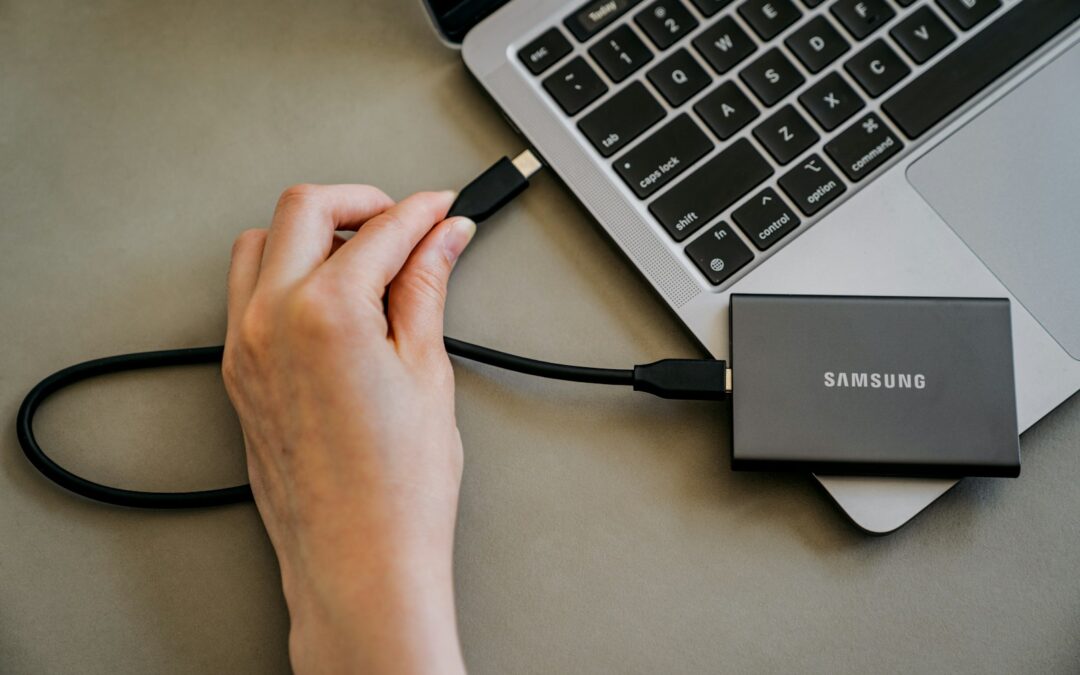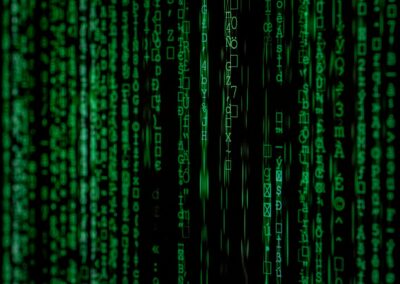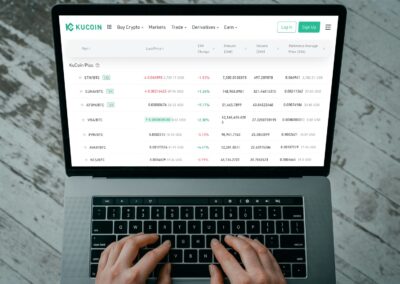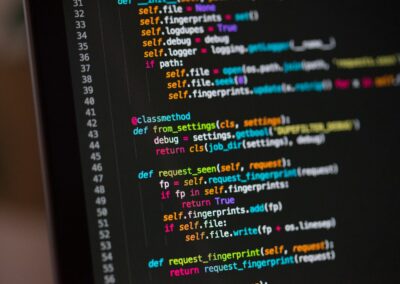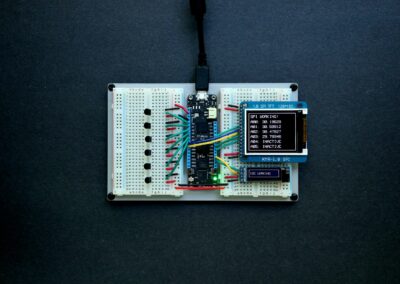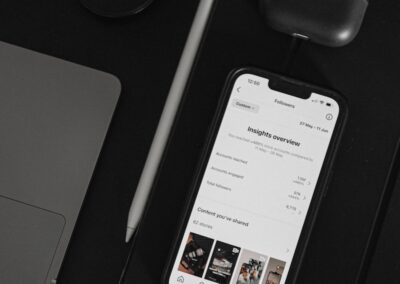The Role of Data Perturbation in Safeguarding IoT Data Privacy
Understanding Data Perturbation in IoT Data Processing
Data perturbation in IoT data processing is an essential technique for protecting privacy while still enabling meaningful data analysis. As the Internet of Things (IoT) continues to expand across various sectors in regions like Saudi Arabia and the UAE, safeguarding the privacy of data generated by these devices has become a critical concern. In cities such as Riyadh and Dubai, where IoT is integrated into smart city initiatives, healthcare, and financial services, the need to balance data utility with privacy protection is paramount.
Data perturbation involves adding noise or modifying the original data in a way that preserves its overall structure and utility for analysis but obscures the specific details that could lead to privacy breaches. This technique is particularly useful in IoT environments, where vast amounts of sensitive data are collected and processed daily. For example, in a smart healthcare system in Dubai, data perturbation can help protect patient privacy by ensuring that individual health records are anonymized before being analyzed for broader health trends.
One of the key advantages of data perturbation is that it allows organizations to comply with strict data privacy regulations without compromising the ability to perform data analysis. In Saudi Arabia, where regulatory frameworks around data privacy are becoming increasingly stringent, data perturbation offers a viable solution for businesses looking to leverage IoT data while ensuring compliance with local and international privacy laws.
Methods of Data Perturbation for IoT Privacy Protection
Several methods can be employed to implement data perturbation in IoT data processing, each with its strengths and suitability depending on the specific application. One common method is the random noise addition technique, where random values are added to the data points to mask the original values. This method is particularly effective for numerical data, such as sensor readings in smart cities like Riyadh, where the exact values are less critical than the overall trends.
Another effective method is data swapping, which involves exchanging data values between different records. This technique preserves the distribution of the data while making it difficult to link specific data points to individual identities. In Dubai’s financial sector, for instance, data swapping can be used to anonymize transaction data, ensuring that while overall financial trends can be analyzed, individual transactions remain private.
Differential privacy is another advanced data perturbation method that has gained traction, particularly in the context of big data and IoT. Differential privacy works by adding a calibrated amount of noise to the data in a way that any single data point’s contribution to the output is negligible. This method provides strong privacy guarantees while allowing accurate data analysis, making it suitable for applications in healthcare, finance, and other sectors where data sensitivity is high. In Saudi Arabia, adopting differential privacy techniques in IoT data processing can help organizations maintain data privacy while still benefiting from detailed data insights.
Case Studies: Successful Implementation of Data Perturbation Techniques
In Saudi Arabia, several organizations have successfully implemented data perturbation techniques to protect privacy while enabling IoT data analysis. For example, a healthcare provider in Riyadh used random noise addition to anonymize patient data collected through IoT-enabled medical devices. By perturbing the data before analysis, the provider was able to protect patient privacy while still gaining valuable insights into treatment effectiveness and patient outcomes.
In Dubai, a smart city initiative employed data swapping techniques to protect the privacy of citizens while analyzing data from IoT sensors deployed across the city. This approach allowed the city to monitor traffic patterns, energy usage, and environmental conditions without compromising the privacy of individuals. The successful implementation of data perturbation in this project not only enhanced privacy protection but also improved public trust in the city’s smart technology initiatives.
Another notable example is a financial institution in the UAE that adopted differential privacy techniques to secure customer data in its IoT-driven banking services. By implementing differential privacy, the institution ensured that sensitive financial data was protected from unauthorized access, even during large-scale data analysis. This approach not only safeguarded customer privacy but also helped the institution comply with stringent data protection regulations, reinforcing its reputation as a leader in secure financial services.
Best Practices for Implementing Data Perturbation in IoT
Balancing Data Utility with Privacy
When implementing data perturbation in IoT data processing, one of the key challenges is finding the right balance between data utility and privacy. Organizations must carefully consider the level of perturbation applied to the data to ensure that it remains useful for analysis while effectively protecting privacy. In Saudi Arabia, businesses can achieve this balance by conducting thorough assessments of their data needs and the potential privacy risks associated with their IoT applications.
One best practice is to start with a minimal level of perturbation and gradually increase it until the desired level of privacy is achieved without significantly compromising data utility. This iterative approach allows organizations to fine-tune their data perturbation strategies and ensure that the data remains valuable for decision-making. In Dubai, where data-driven insights are critical for smart city management, maintaining the utility of perturbed data is essential for effective urban planning and resource allocation.
Additionally, organizations should implement robust validation processes to assess the impact of data perturbation on analysis results. By comparing the outcomes of analyses performed on perturbed and unperturbed data, businesses can evaluate the effectiveness of their data perturbation strategies and make necessary adjustments. This validation process is particularly important in sectors such as healthcare and finance, where accurate data analysis is crucial for making informed decisions.
Ensuring Compliance with Data Privacy Regulations
Compliance with data privacy regulations is a key consideration when implementing data perturbation techniques in IoT data processing. Organizations must ensure that their data perturbation strategies align with both local and international privacy laws, such as the General Data Protection Regulation (GDPR) in Europe or the Personal Data Protection Law (PDPL) in Saudi Arabia. Adhering to these regulations not only protects businesses from legal repercussions but also enhances their reputation as trustworthy data stewards.
One best practice for ensuring compliance is to conduct regular audits of data perturbation processes. These audits should assess whether the perturbation methods are effectively protecting privacy and whether they comply with relevant regulations. In Riyadh, for example, businesses can collaborate with legal and cybersecurity experts to conduct comprehensive audits of their IoT data processing practices, ensuring that they meet all regulatory requirements.
In addition to audits, organizations should provide training and awareness programs for employees involved in IoT data processing. These programs should cover the importance of data privacy, the role of data perturbation in protecting privacy, and the specific regulatory requirements that apply to their industry. By fostering a culture of privacy awareness, businesses in Dubai can ensure that their data perturbation strategies are consistently applied and effectively protect sensitive information.
Conclusion: The Future of Privacy in IoT Data Processing
As IoT technology continues to proliferate, protecting privacy while enabling data analysis will remain a top priority for organizations worldwide. Data perturbation techniques offer a powerful solution for achieving this balance, allowing businesses in Saudi Arabia and the UAE to leverage the full potential of IoT data while safeguarding the privacy of individuals. By adopting best practices for data perturbation, including balancing data utility with privacy, ensuring compliance with regulations, and conducting regular audits, organizations can protect sensitive information and maintain public trust.
In conclusion, data perturbation is a critical tool for protecting privacy in IoT data processing. By implementing effective perturbation strategies, businesses can mitigate the risks associated with IoT data collection and analysis while still gaining valuable insights. As the digital landscape continues to evolve, organizations that prioritize data privacy through innovative techniques like data perturbation will be well-positioned to succeed in an increasingly data-driven world.
—
#DataPerturbation #IoTDataPrivacy #ProtectingPrivacyInIoT #IoTDataAnalysis #DataSecurity #BusinessSuccess #ModernTechnology #LeadershipSkills #ProjectManagement #SaudiArabia #UAE #Riyadh #Dubai #ArtificialIntelligence #Blockchain #TheMetaverse #ExecutiveCoachingServices #GenerativeAI

